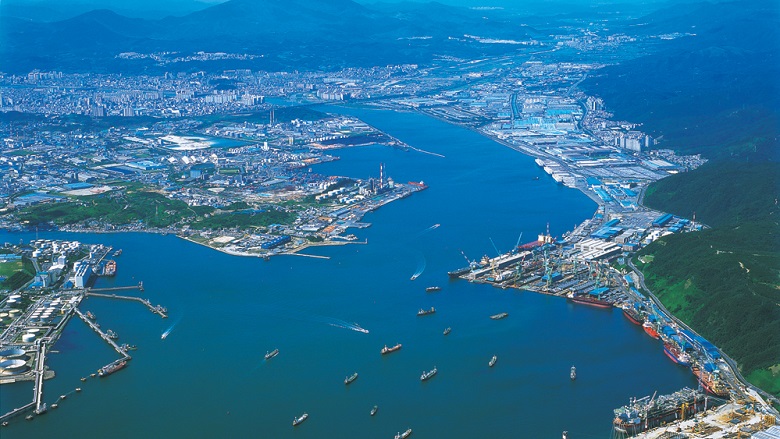Washington, DC, January 23, 2018—Eco-industrial parks (EIP) are on the rise. There are about 250 self-styled eco-industrial parks operating or under development worldwide today, while just as recently as 2000, there were fewer than 50.
Eco-industrial parks (EIP) offer the business advantages of traditional industrial parks while also using resources more efficiently, improving productivity, supporting the achievement of firms’ social responsibility goals, and lowering exposure to climate change risks.
However, despite their proliferation, there hasn’t been an internationally accepted definition of what makes an EIP an EIP, until now.
A new publication written by the World Bank Group, United Nations Development Organization (UNIDO), and Deutsche Gesellschaft für Internationale Zusammenarbeit (GIZ) GmbH developed the first joint international framework on EIPs, An International Framework for Eco-Industrial Parks, which defines the minimum parameters for environmental, social, and economic performance of EIPs.
“By coming together, our three organizations aim to pave the way for creating a common vision for eco-industrial parks, which countries can use and modify according to their own needs,” said Ceyla Pazarbasioglu, Senior Director of the Bank Group’s Finance, Competitiveness and Innovation Global Practice (FCI). “We hope this common framework fills the current void in the understanding of eco-industrial parks and encourages their development on a global scale.”
Industrial parks cluster industrial businesses in a dedicated location to achieve efficiencies and take advantage of collaborative opportunities. But concentrating economic activity in one area runs the risk of also concentrating negative environmental and social impacts, such as pollution, greenhouse gas emissions, and poor labor standards.
The EIP framework describes the minimum expectations for eco-industrial centers across four categories:
- Park management performance
- Environmental performance
- Social performance
- Economic performance
As a baseline, EIPs must comply with all applicable local and national regulations. They must also meet the broader minimum expectations set out within this framework.
“This EIP framework aims to strike a balance between meaningful and achievable performance requirements,” says Etienne Kechichian, Senior Private Sector Specialist for the World Bank Group. “The requirements need to be meaningful to make a difference in key areas, but they cannot be so high that parks with some successful initiatives can’t qualify as EIPs.”


